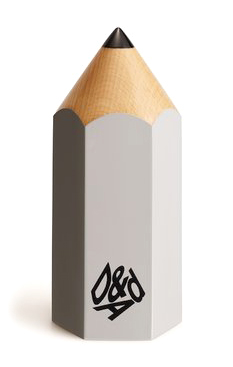Context
Catalonia participated in the 14 Mostra Internazionale de Architettura - Biennale di Venezia exhibiting the work of 16 Catalan architects that share a common attitude. This attitude is based on an intensive dialogue between new and pre-existing features, physical or otherwise, thus allowing for a project including new and existing materials, in the same way as cuttings can be grafted onto a tree.
Catalonia participated in the 14 Mostra Internazionale de Architettura - Biennale di Venezia exhibiting the work of 16 Catalan architects that share a common attitude. This attitude is based on an intensive dialogue between new and pre-existing features, physical or otherwise, thus allowing for a project including new and existing materials, in the same way as cuttings can be grafted onto a tree.
The starting point of “Grafting Architecture” is the restoration of Casa Bofarull (1913-1933), one of the key works of Josep Maria Jujol (1879-1949), where the architect inserts a new layer into one which already exists. This enables a fusion of sorts, in which different periods and different ways of living stratify and overlap. It therefore becomes ultimately impossible to separate the parts from the whole.
Solution
The result of our four basic principles is a series of interventions and elements, themselves grafted, distributed around the city, some indicating the way to the pavilion and others as interventions on the pavilion.
The result of our four basic principles is a series of interventions and elements, themselves grafted, distributed around the city, some indicating the way to the pavilion and others as interventions on the pavilion.
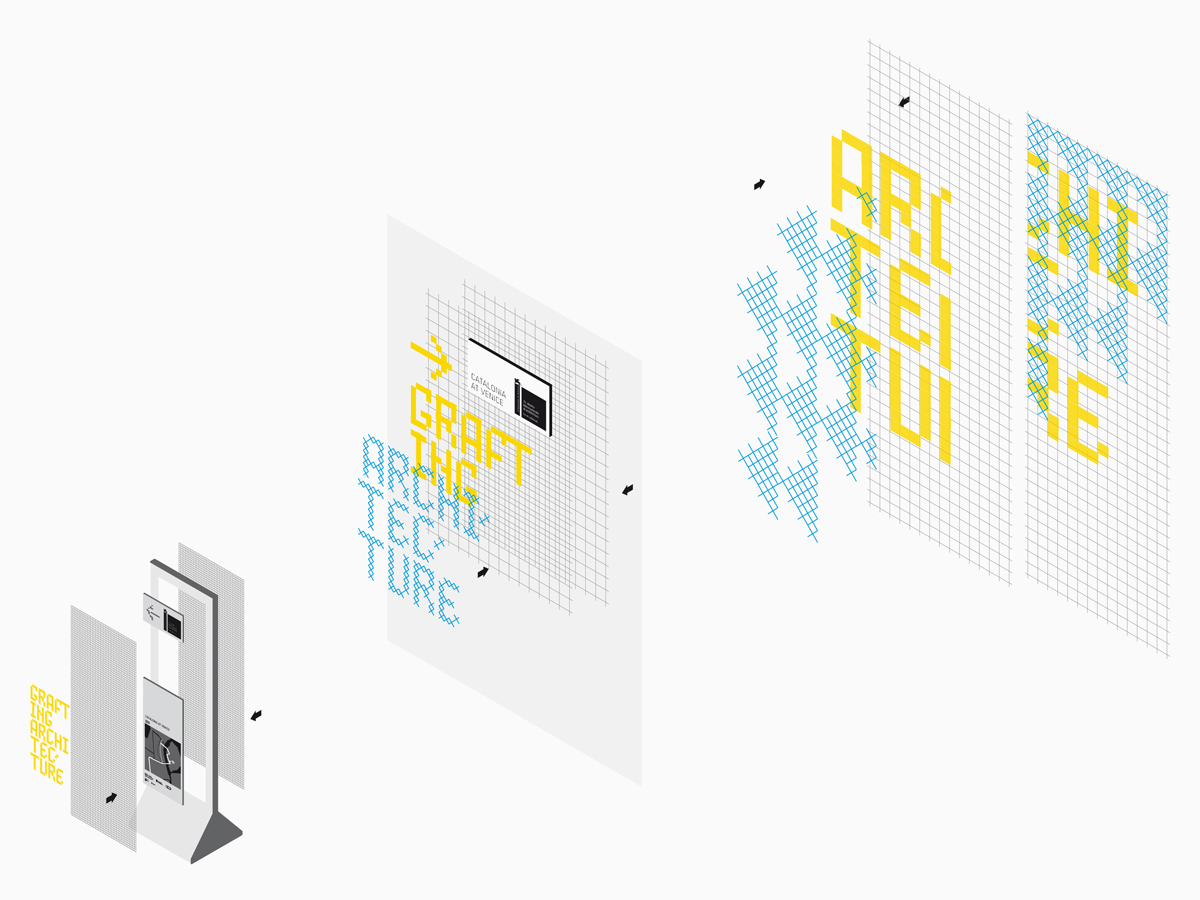
Totem, Channel's application and Pavillion's facade
Principle 1: If Jujol, Gironès, Pinós, etc worked with building materials like iron, welded mesh, ceramic tiles, metal nails, wood panels, etc. we will do so, as well. Principle 2: If Jujol’s main colors are blue and yellow, we also choose to use these colors. Principle 3: If we live in a digital world, we will use the grid, and a pixel-based typeface, to compose the texts for the signage. Principle 4: If architects are highly skilled artisans, we will be, as well; our inspiration will come from sources such as wicker basket crafts and cross-stiching.
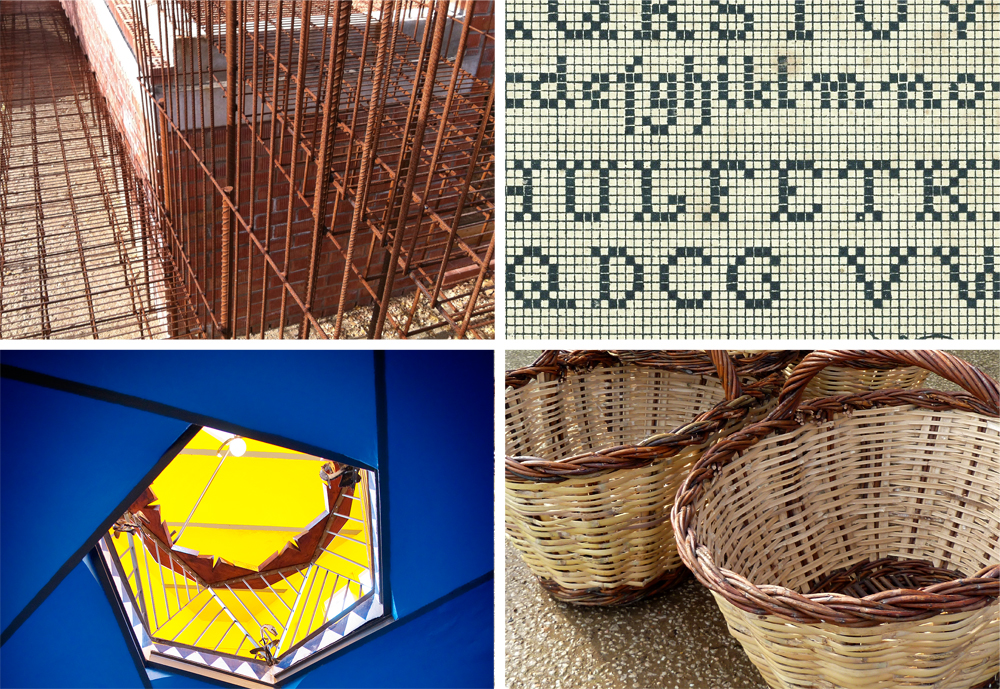
Concept & Challenge
Grafting conveys the idea of a new organism that combines the strong features of its original components, both old and new, and is more vigorous than either of them on their own: an idea of renewal and growth.
Grafting conveys the idea of a new organism that combines the strong features of its original components, both old and new, and is more vigorous than either of them on their own: an idea of renewal and growth.
As Jujol in Casa Bofarull, Gironès in Seró’s Transmitter Space for the Megalithic Tumulus, Pinós and Miralles in Badalona’s La Llauna High School, RCR in Ripoll’s La Lira Public Theater Space, etc, we, as graphic designers, wanted to graft Venice with a visual code that would integrate into the city, while avoiding the strict Venetian regulations (This meant the interventions in the public space should be integrated into, in other words grafted onto, the city and that they could not be visually pollutant).
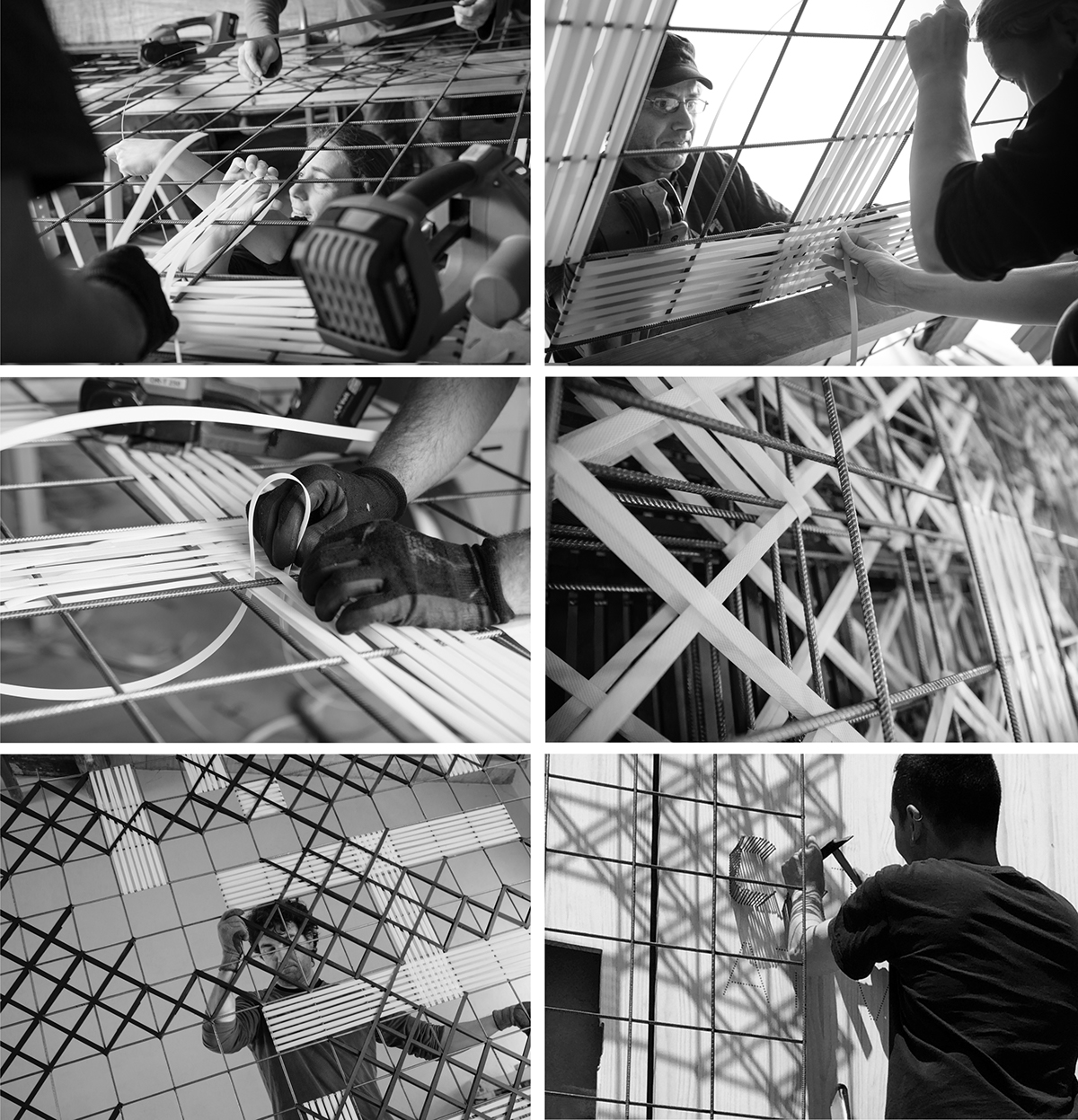
What the solution proposes #1
Integrating / grafting the graphics into the architectural space.
Integrating / grafting the graphics into the architectural space.
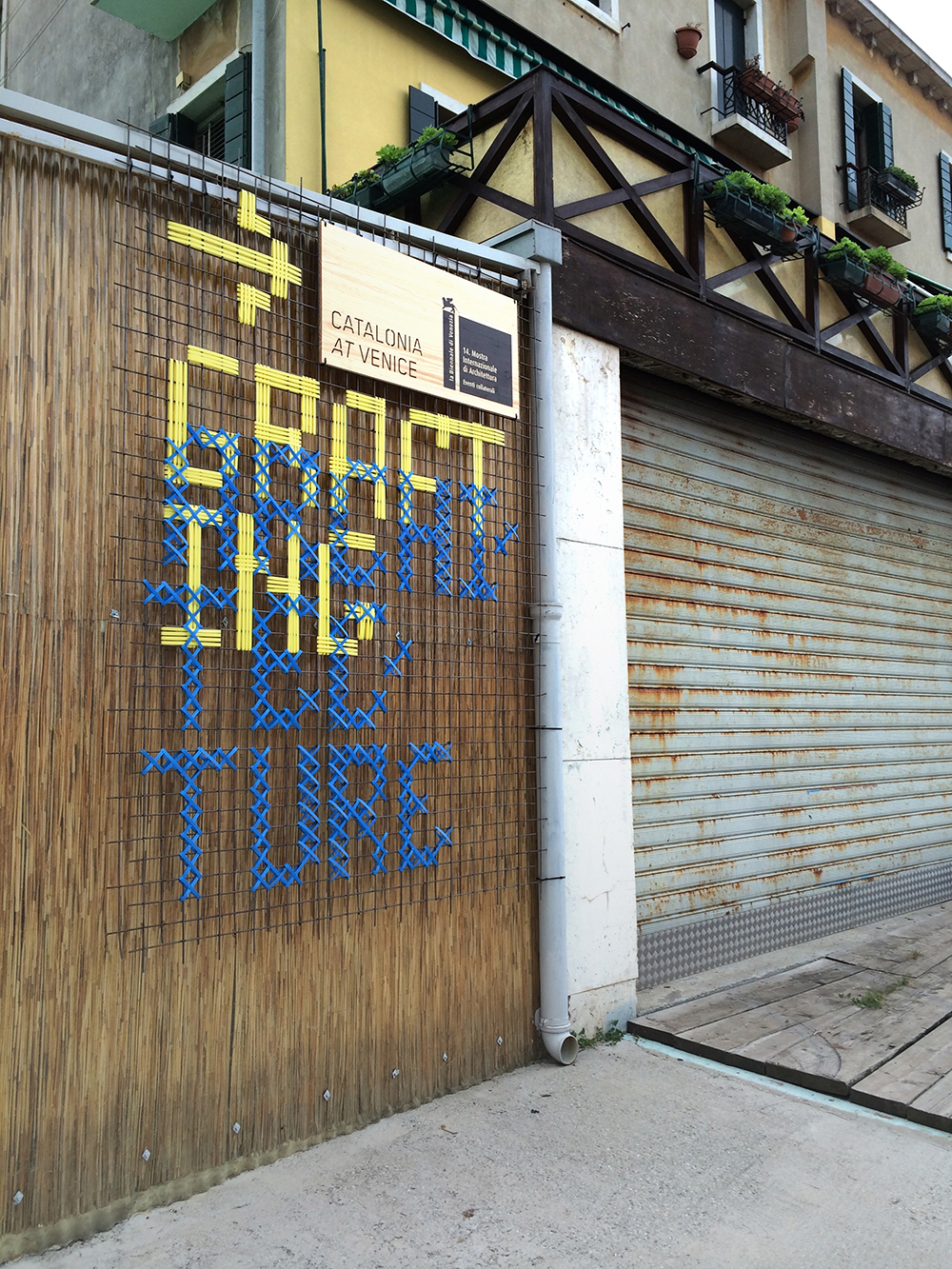
What the solution proposes #2
Generating graphic interventions that go beyond mere signage.
Generating graphic interventions that go beyond mere signage.
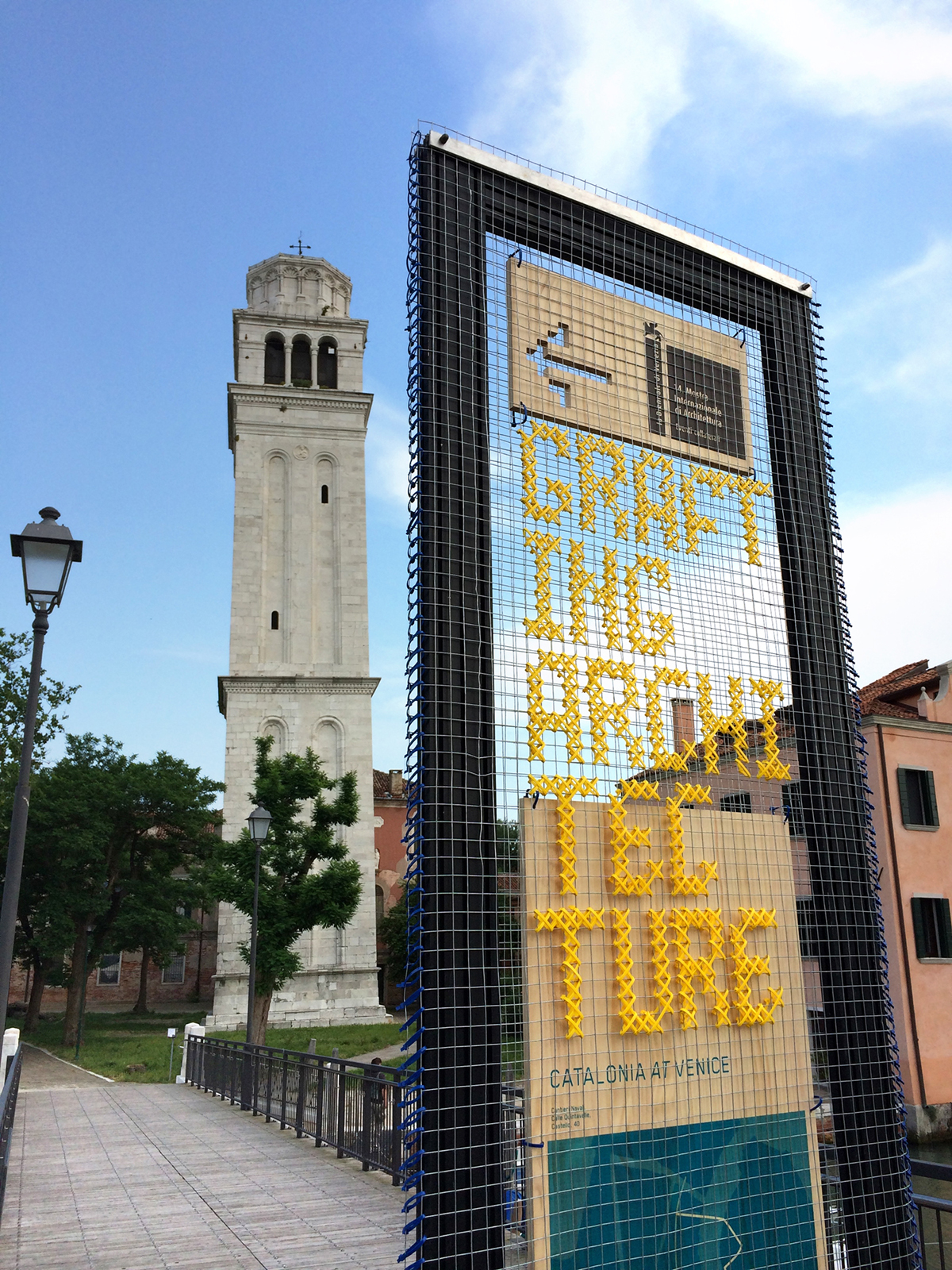
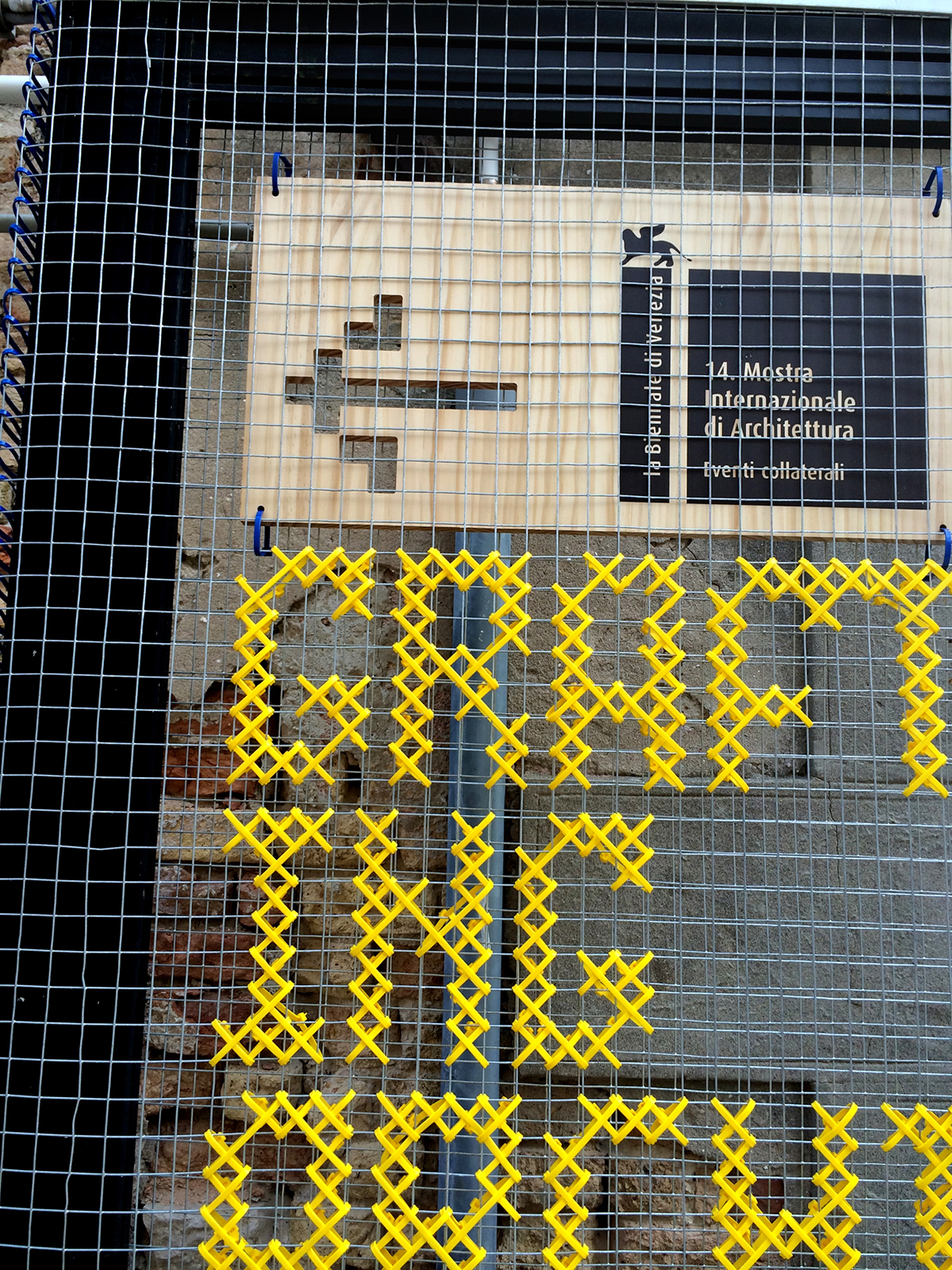
What the solution proposes #3
Pavilion, itinerary, content and graphics are an inseparable continuum
Pavilion, itinerary, content and graphics are an inseparable continuum
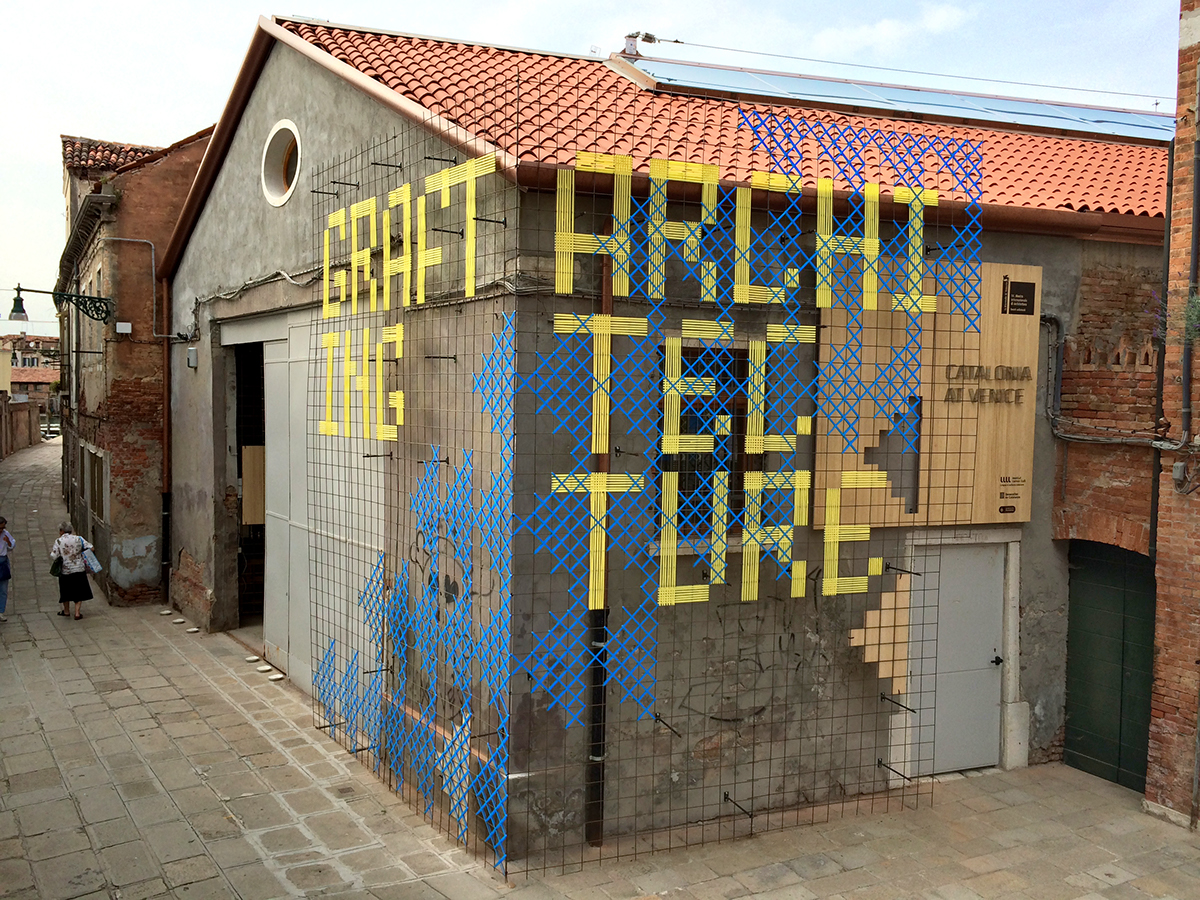
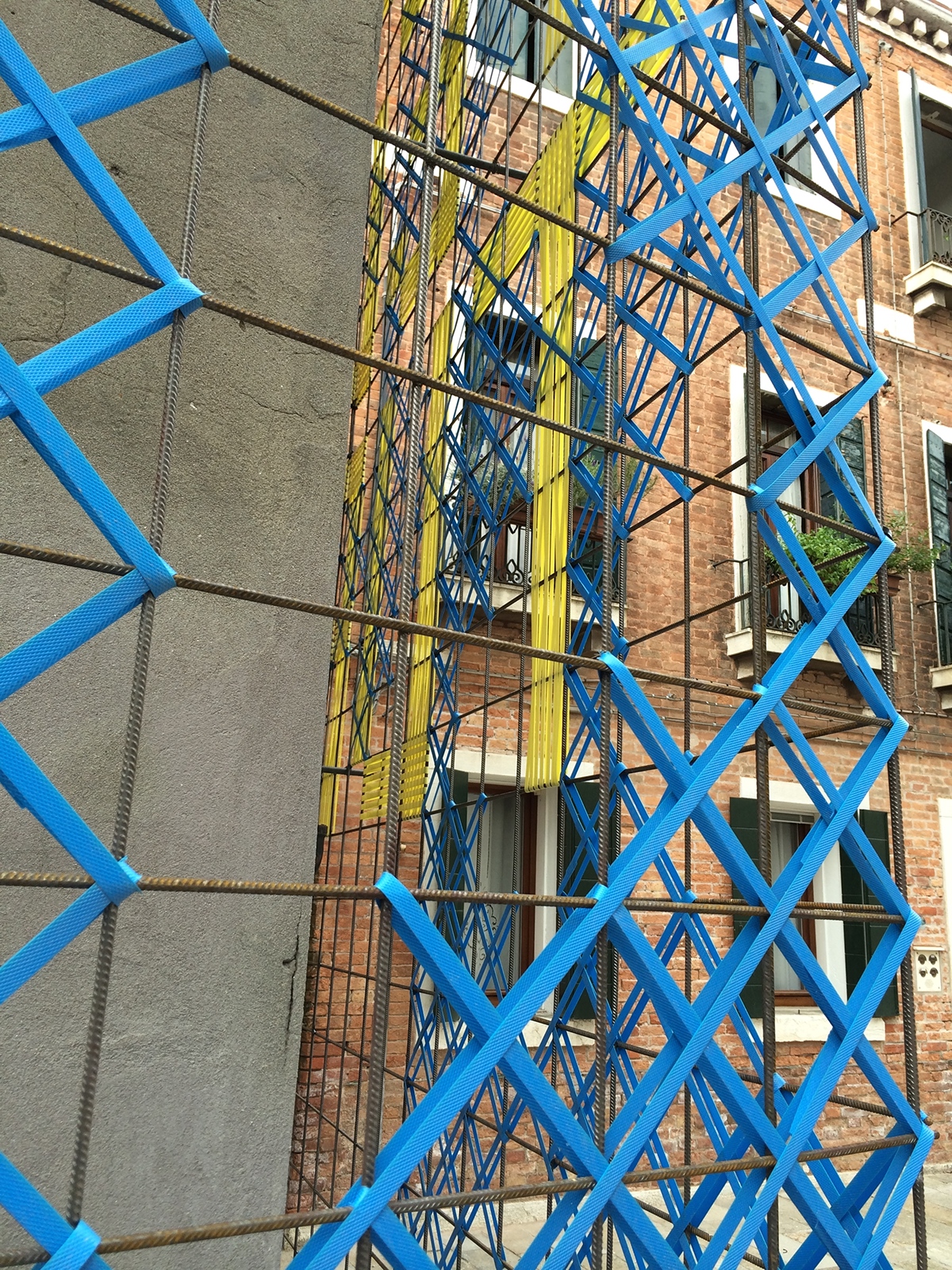

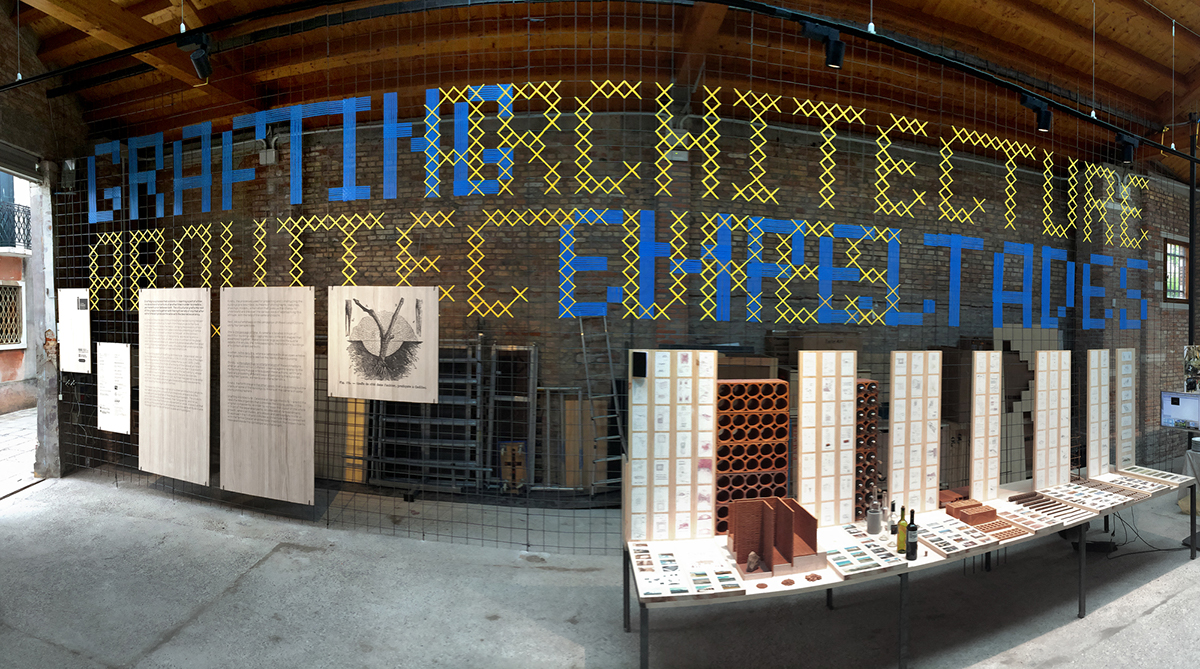
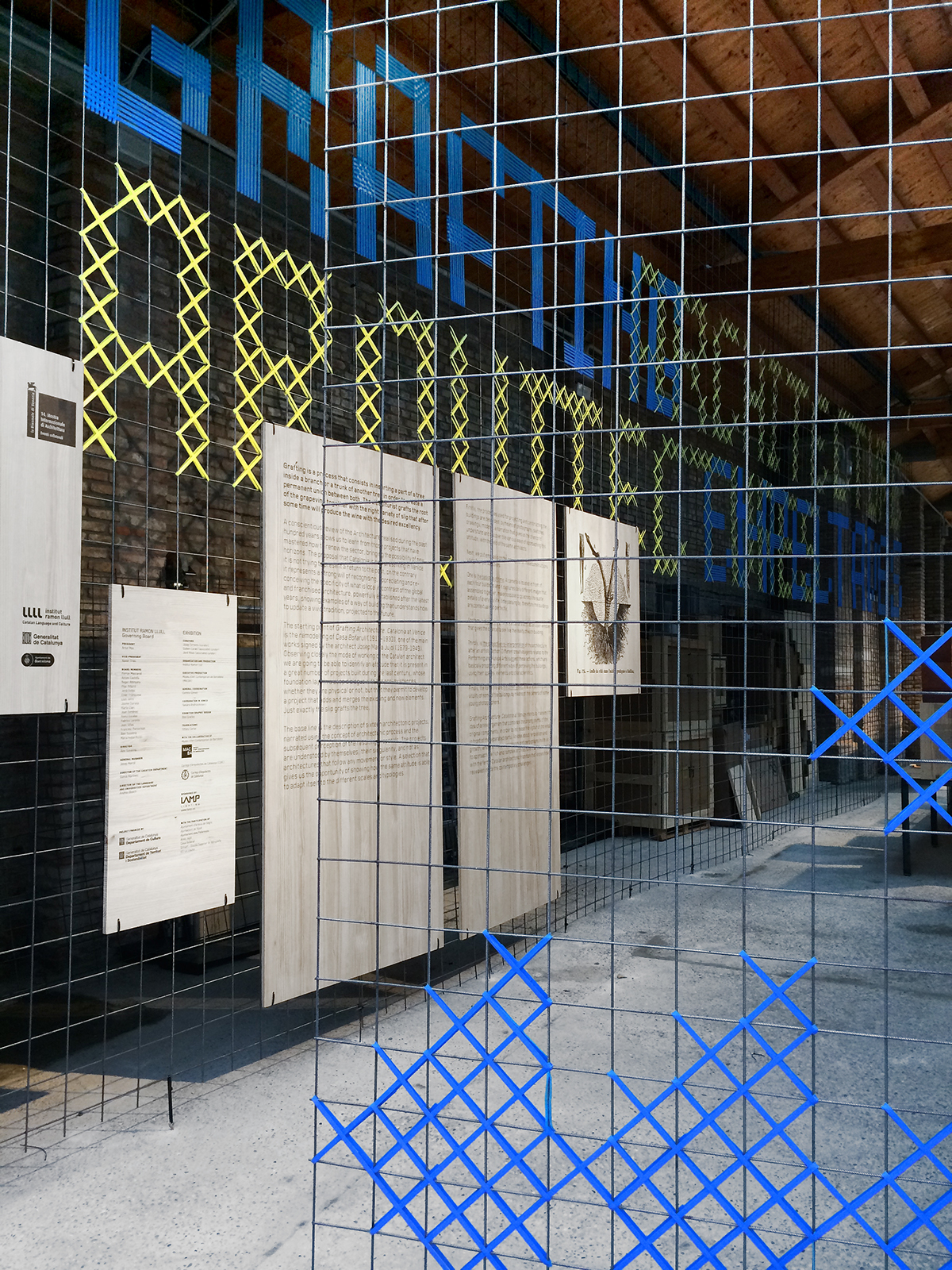
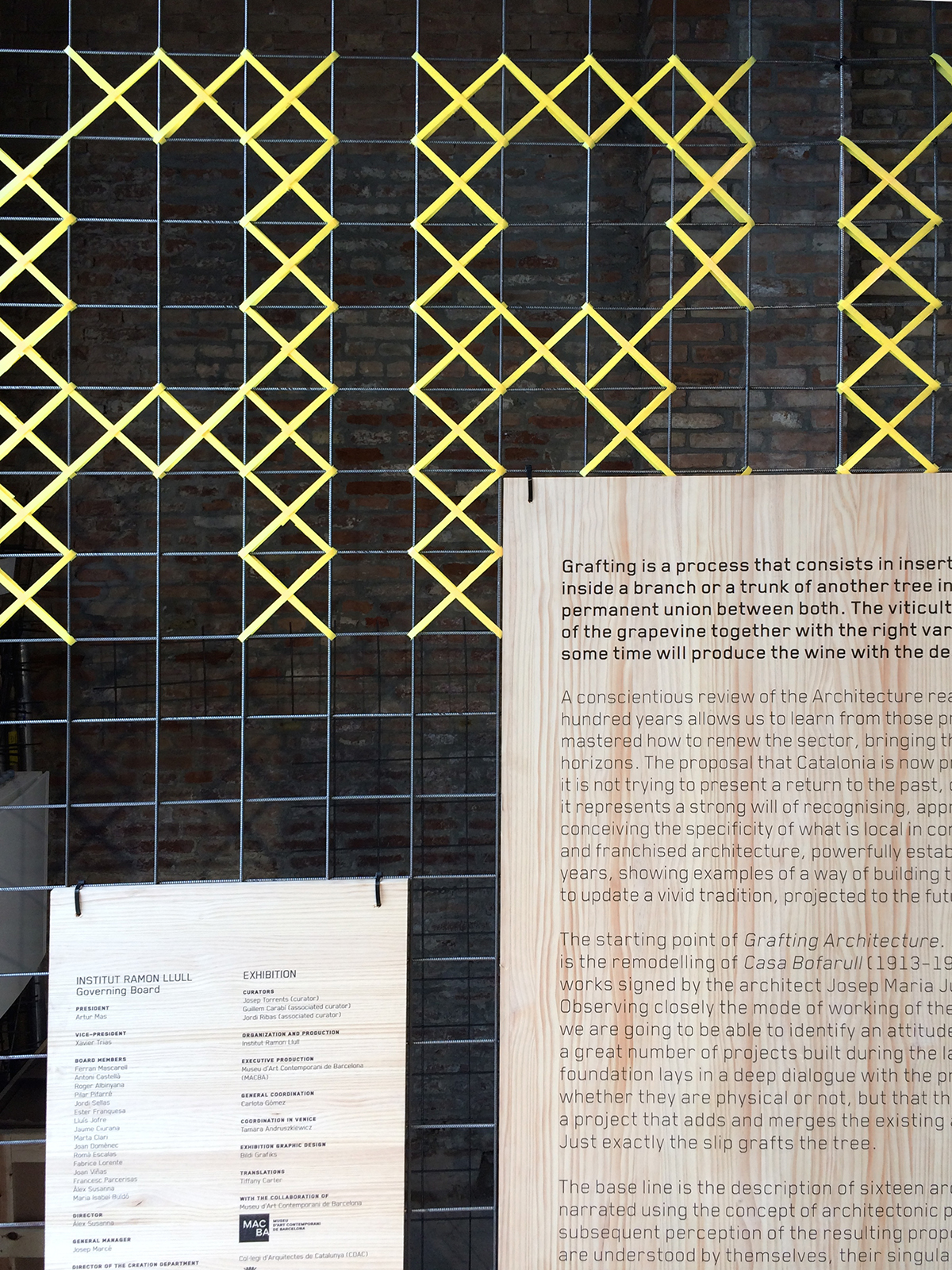
*This work has been awarded a Graphite Pencil #DandAD15
